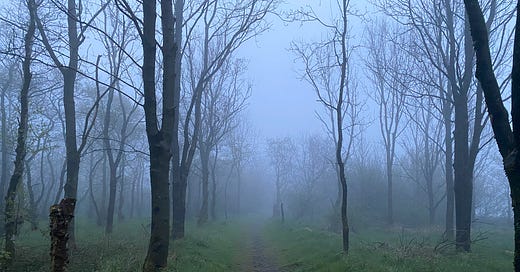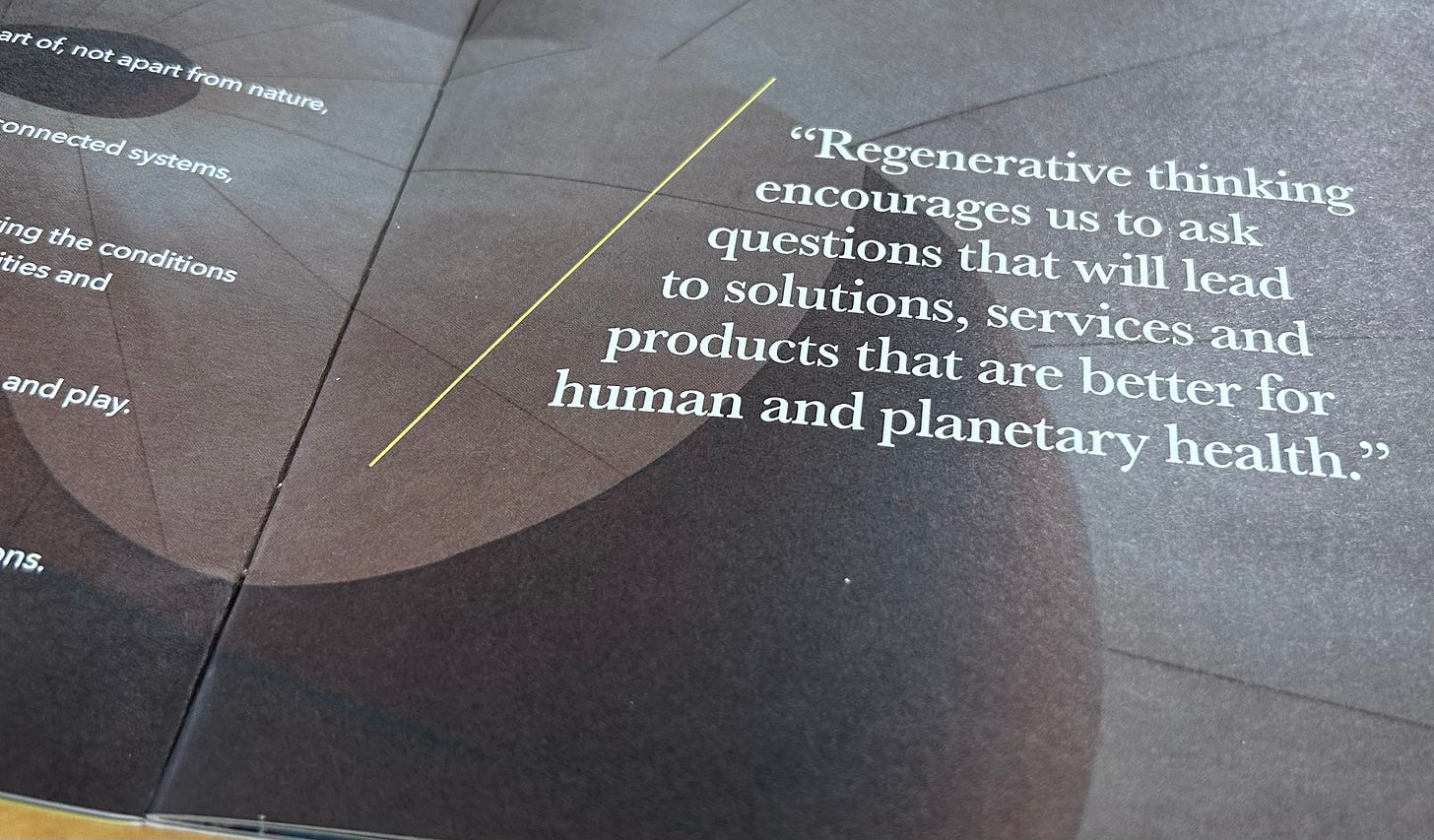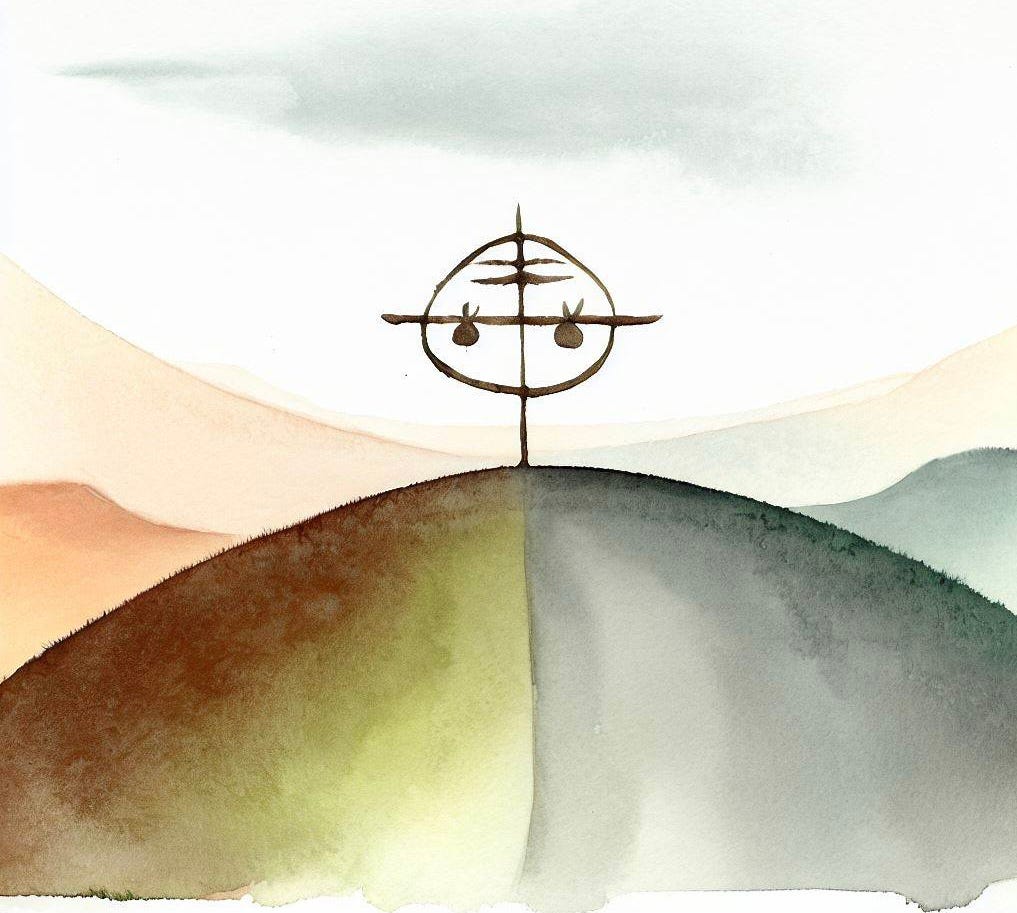Become more aware, look to nature and natural cycles, taking only what we need and using everything we take (The Regenerative Playbook Challenge No3)
As we continue to grapple with the urgent need to address the perma-crisis (climate, ecological, social) there is growing interest in sustainable and regenerative practices across all sectors of society. Nowhere is this more relevant than in the built environment sector, which is responsible for a significant 40% portion of global greenhouse gas emissions and resource consumption.
Around this Beltane time, traditionally celebrated on May 1st, we have a powerful opportunity to take the time and space to reflect on harmony and balance in the built environment, and the relevance of this ancient celebration for future regenerative architecture and construction.
Welcome to Regen/Notes1
Beltane
Beltane emphasizes the importance of balance and harmony in our relationships with each other and with the natural world
Beltane is a traditional Celtic festival that celebrates the arrival of summer and the fertility of the earth. The festival usually held on May 1st or the night before, marks the midpoint between the spring equinox and the summer solstice.
Beltane is often associated with the lighting of fires, which represent the sun's growing strength and the triumph of light over darkness. Communities would gather around the fires to celebrate and perform rituals, including dancing around the Maypole, a tall decorated pole with ribbons attached. The Maypole represents the union of masculine and feminine energies, and the ribbons are woven together as the dancers move around it.
The festival is also a time for celebrating the earth's fertility and the beginning of the agricultural season. In ancient times, Beltane was a time for blessing livestock and crops, and for performing rituals to ensure a bountiful harvest
Relevance
Beltane has great relevance for today's sustainability and regenerative thinking, as it reminds us of the importance of honouring and connecting with the natural world. The festival celebrates the arrival of summer, which is a time of growth and abundance in nature. This can inspire us to consider how we can live in reciprocity, harmony with nature and support its regenerative capacity.
We should not use the word sustainability until we are giving back as much as we take. Yvon Chouinard
Beltane also reminds us of the importance of fertility and the cycles of life, a powerful reminder of the interconnectedness of all life and the importance of living in harmony with the cycles of nature.
Questions
One of the principles of regenerative thinking is the encouragement “to ask better questions that can lead to solutions, services and products that are better for human and planetary health” (The Regenerative Playbook)
To do so requires us to find (and give) the time and space for reflection, for example, on the questions that Beltane prompts us to ask today in addressing the climate and ecological crisis:
How can we better live in harmony with nature and support its regenerative capacity?
How can we support the health and vitality of the soil, plants, animals and the living systems that sustain us?
How can we work together to co-create and explore greater potentials and create sustainable and regenerative solutions?
How can we incorporate traditional and place-based knowledge and wisdom into sustainability processes and regenerative practices?
Can we cultivate a deep appreciation for the interconnectedness of all life, of balance and harmony, through fostering greater awareness of the changing seasons within our buildings?
Beltane emphasizes the importance of balance and union between different perspectives and approaches.
Previous articles on Regen/Notes can be explored here





